- - What is Bone Grafting for Dental Implants?
- - When Is Bone Grafting Needed for Dental Implants?
- - What Materials are Used for Bone Grafting in Dental Implants?
- - Procedure for Dental Implants with Bone Grafting
- - What to Expect After Bone Grafting for Dental Implants?
- - Complications of the Bone Grafting for Dental Implant?
- - Post-Surgery Care and Maintenance
- - How Much Does Bone Grafting for Dental Implants Cost?
- - Comparing the Cost of Bone Grafting for Dental Implants in Turkey
- - Book with Turkey Luxury Clinics for Bone Grafting & Dental Implants
- - FAQs Bone Grafting for Dental Implant
Bone grafting plays a key role in the success of dental implants by ensuring a strong and stable foundation. Understanding the different types of bone grafts, their benefits, and possible risks helps you make an informed decision before treatment.
Discover with Turkey Luxury Clinics how advanced techniques and expert care can make your dental implant journey safer and more effective. Book your consultation today to start your path toward a confident smile.
What is Bone Grafting for Dental Implants?
Bone grafting for a dental implant is a minimally invasive dental surgery that adds bone tissue to the jaw to restore adequate volume and density before having a dental implant to create a strong, stable foundation for dental implants when the natural bone is insufficient or too weak to support them. The procedure is usually done before implant placement and requires a healing period of several months to ensure long-term success.
When Is Bone Grafting Needed for Dental Implants?
Bone grafting for dental implants is necessary when the jawbone is weak or has low density. The graft creates a strong, stable foundation for the implant, ensuring it stays securely in place and reducing the risk of complications or implant failure over time.
People who typically need a bone graft have insufficient jawbone density, height, or width to support a dental implant. This can result from tooth loss, advanced gum disease, or trauma.
Bone grafting is not required for every patient. Candidates for bone grafting for dental implant it include:
- Patients with long-term tooth loss:
- Patients with advanced gum disease (periodontitis)
- Patients with bone resorption after extraction
- Patients with trauma or facial injury
- Patients with developmental defects:
What Materials are Used for Bone Grafting in Dental Implants?
Grafting bone for dental implant can be either autogenous (patient's own bone), allograft (human donor bone), xenograft (animal bone, like bovine), or synthetic materials like hydroxyapatite or biphasic calcium phosphate. The choice of material depends on factors like the required bone volume and the patient's health, with autogenous grafts generally preferred for minimal rejection risk, while synthetic options offer high biocompatibility.
Types of Bone Graft Materials for Dental Implants
When planning dental implant surgery, dentists may recommend different bone graft materials depending on the patient’s jaw condition, medical history, and budget. Below are the most common types used in dentistry:
1. Autogenous (Autograft) Bone Grafts
An autogenous bone graft (also called an autograft) uses bone harvested from the patient’s own body, typically from the jaw, chin, or hip. Because the material comes directly from the patient, it minimizes the risk of rejection, allergic reaction, or disease transmission.
This method is considered the gold standard in dental bone grafting since the patient’s own bone integrates naturally and supports faster healing. However, the main drawback is that it requires an additional surgical site, which can lead to more discomfort, longer healing time, and a slightly more complex procedure.
2. Allograft Bone Grafts
An allograft bone graft uses bone tissue taken from a human donor. The donated bone is carefully processed and sterilized to ensure it is safe for use in dental implant surgery.
One of the main advantages of allografts is that they avoid the need for a second surgical site, making the overall treatment faster and less invasive for the patient. This means the dental implant procedure can often move forward more quickly compared to an autograft.
The main drawback of allografts is a slight risk of immune system reaction or disease transmission, though modern sterilization and screening methods make these complications extremely rare.
3. Xenograft Bone Grafts
Xenograft bone grafts are derived from animal sources, most commonly bovine (cow) or porcine (pig) bone. The graft material is extensively processed to reduce the risk of immune reactions and eliminate the possibility of disease transmission.
Xenografts are widely used in dental implant surgery because they are cost-effective, readily available, and provide a strong framework for new bone growth. However, compared to autografts, they usually take longer to fully integrate with the patient’s natural bone.
In North America, xenograft bone grafts account for around 22% of all bone graft materials used in dentistry, highlighting their popularity as a reliable option for patients who require additional bone support before implant placement.
4. Synthetic (Alloplastic) Bone Grafts
Synthetic bone grafts, also called alloplastic grafts, are man-made materials designed to act as bone substitutes and stimulate new bone growth. They eliminate the need for donor tissue or harvesting the patient’s own bone, which helps avoid additional surgery and potential complications. Synthetic grafts are often more affordable than other types of bone grafts, making them an attractive option for many patients.
These materials differ in their absorption rate, mechanical strength, and ability to bond with existing bone. The most common synthetic bone graft materials include:
- Hydroxyapatite (HA): A calcium phosphate compound very similar to natural bone mineral, known for its excellent biocompatibility.
- Tricalcium Phosphate (TCP) & Biphasic Calcium Phosphate (BCP): Ceramic-based materials that gradually dissolve while stimulating natural bone regeneration.
- Bioactive Glass: A versatile material that bonds with bone, encourages new tissue growth, and is often used as a coating for dental implants.
Read about material used for the dental implant. It can be made from titanium or zirconium. Discover titanium vs. zirconium dental implants and which one is better for you.
Procedure for Dental Implants with Bone Grafting
Bone grafting for dental implants is usually performed under local anesthesia and takes about 45–90 minutes. More complex grafts may last 1–2 hours. After the graft heals over 3–6 months, the implant is placed and left to integrate with the jawbone for another few months.
How is bone grafting done for dental implants? Steps include:
- Anesthesia: Local anesthesia with optional sedation.
- Incision: The gum is opened to expose the bone.
- Bone graft: Material is placed to rebuild the bone.
- Closure: The site is stitched or covered.
- Healing: The graft fuses with the bone over 3–6 months.
- Implant placement: The implant is inserted once the bone is ready.
- Osseointegration: The implant bonds with the jaw, followed by placement of the crown, bridge, or denture.
What to Expect After Bone Grafting for Dental Implants?
Bone grafting is typically performed before implant placement, with a healing period of about 3 to 6 months before moving forward with the dental implant procedure. Some common side effects include swelling, bruising, and discomfort, but with proper aftercare, most patients recover successfully and achieve long-term implant stability.
Bone graft recovery for dental implants involves initial healing of soft tissue within one to two weeks, followed by a crucial 3-6 month period for the graft material to fully integrate and mature with your jawbone.
Complications of the Bone Grafting for Dental Implant?
While dental bone grafting is generally safe, some risks may occur. Being aware of them helps patients take proactive steps in prevention.
- Swelling and discomfort: Mild pain and swelling are common after surgery and usually improve within a few days with proper care.
- Infection: This can occur if bacteria enter the surgical site. Preventive antibiotics, good oral hygiene, and following your dentist’s care instructions significantly reduce the risk.
- Graft rejection (rare): In very rare cases, the body may not accept the graft material. Regular check-ups and careful monitoring help detect and manage this early.
Post-Surgery Care and Maintenance
Taking proper care after a dental bone graft is essential to ensure healing and successful implant placement. Your dentist will provide specific instructions, but the most common recommendations include:
- Medications and oral care: Take prescribed pain relievers and antibiotics as directed. Keep the mouth clean but avoid aggressive brushing near the surgical area.
- Avoiding pressure on the graft site: Do not chew on the treated side, avoid touching the area with your tongue or fingers, and refrain from smoking, which can slow healing.
- Dietary guidelines: Stick to soft foods such as yogurt, soup, and smoothies during the initial healing period. Avoid hard, crunchy, or spicy foods that may irritate the surgical site.
- Follow-up appointments: Regular visits with your dentist or oral surgeon are necessary to monitor healing and ensure the graft is integrating properly with the jawbone.
How Much Does Bone Grafting for Dental Implants Cost?
The cost of dental bone grafting can vary widely, typically ranging from $300 to over $3,500 in the United States, depending on the type of bone material and the complexity of the procedure. Synthetic and animal-derived grafts are generally less expensive than human donor bone (allografts) or the patient’s own bone (autografts).
- Synthetic bone grafts: $300–$800 per implant site
- Autograft bone grafts (from the patient’s own body): $2,500–$3,500 per implant site
The higher cost of autografts is due to the need for additional surgery, hospitalization, and specialized care.
Cost of Bone Grafting by City in the USA
The cost of bone grafting for dental implants in the USA varies by location.
A table of affordable vs. medium vs. expensive bone grafting for dental implants in different USA cities:
Comparing the Cost of Bone Grafting for Dental Implants in Turkey
While the USA is known for high-quality dental care, many countries offer the same level of expertise at significantly lower prices. Turkey is one of the leading destinations for affordable dental treatments without compromising quality.
Turkey provides high-quality care, advanced technology, and a unique travel experience through medical tourism packages.
Cost in Turkey: Bone grafting for dental implants typically starts at $150 and can reach up to $900 per area, with higher prices for autologous bone. In many cases, the cost of bone grafting is included in a comprehensive dental implant package, which can range from $2,000 to $3,500 depending on the number of implants and materials used.
Patients from the USA can save between 50% and 70% by choosing Turkey over local clinics.
Turkey is renowned for dental tourism, offering all-inclusive packages that cover treatment, accommodation, airport transfers, and sometimes even guided tours. This makes the entire process not only more affordable but also more comfortable and convenient.
Book with Turkey Luxury Clinics for Bone Grafting & Dental Implants
At Turkey Luxury Clinics, we combine advanced technology with expert care to provide safe and effective bone grafting and implant solutions. If you’re considering dental implants or have questions about bone grafting, reach out to us today and book your consultation. Our team is here to guide you every step of the way.

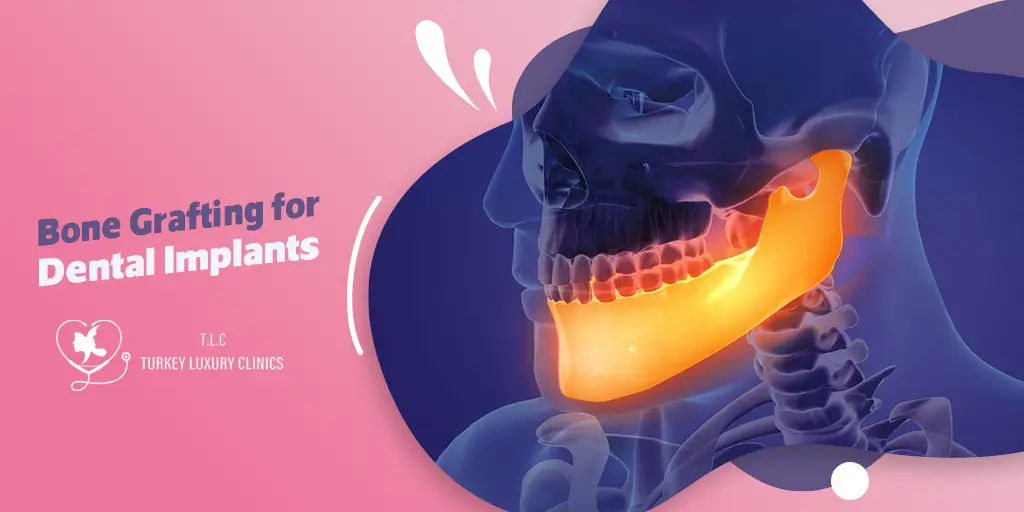


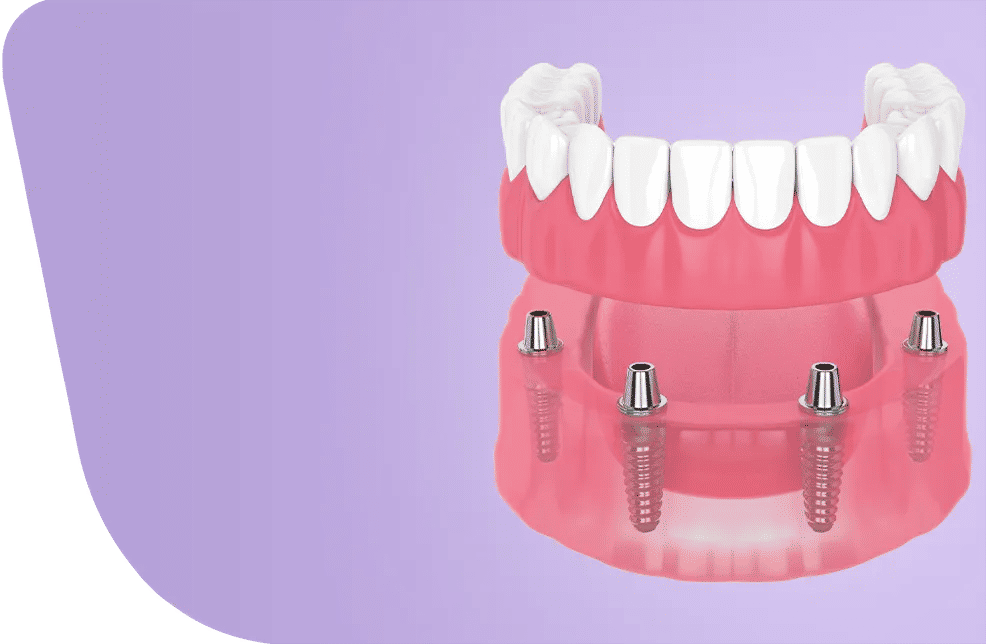
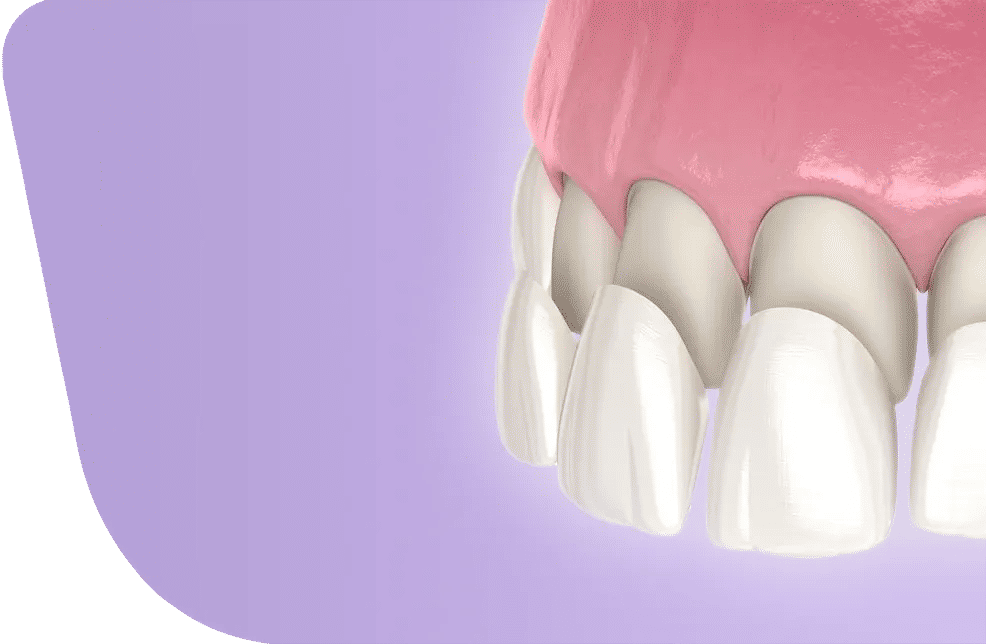
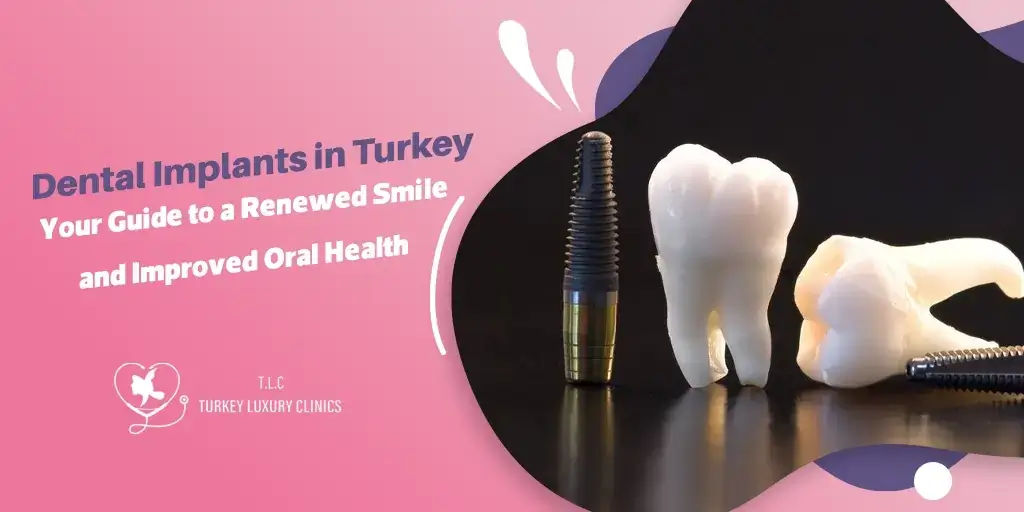
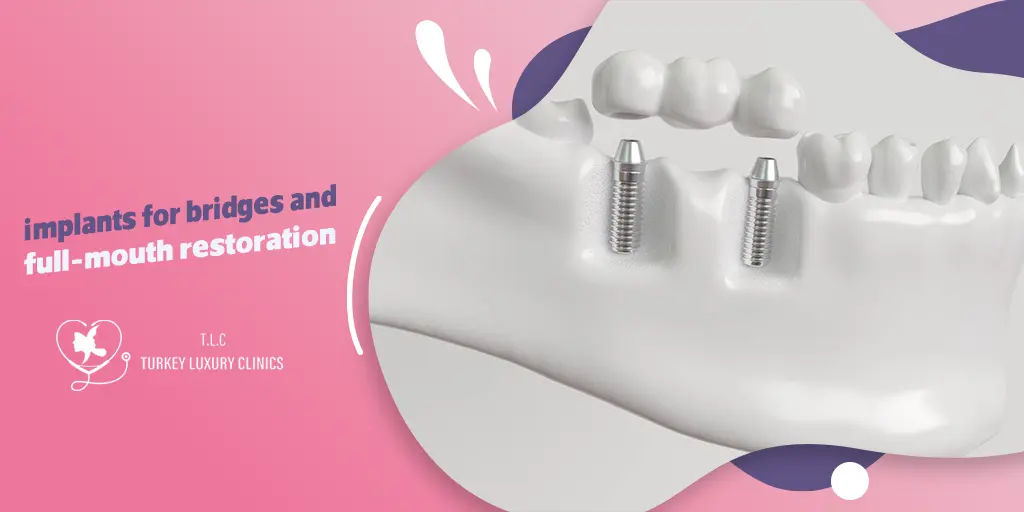
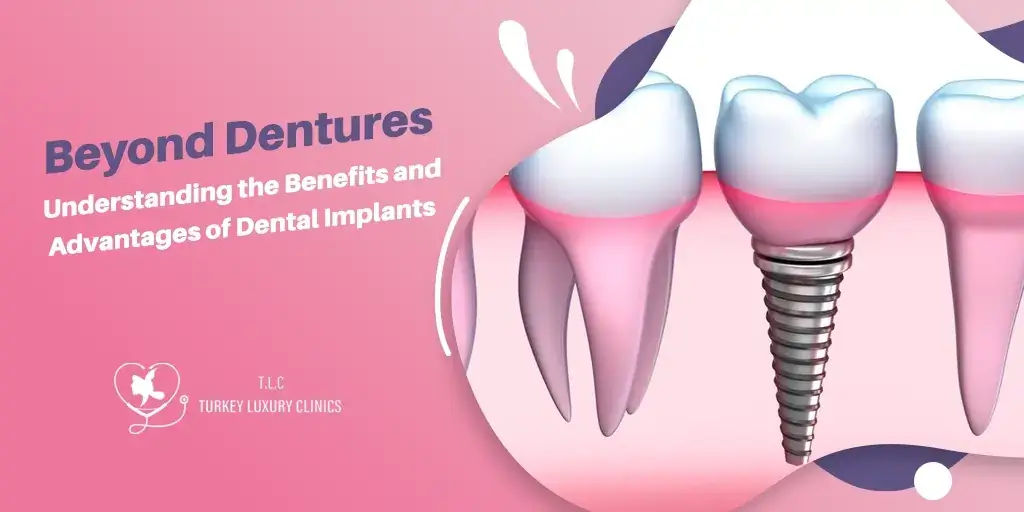



.webp)
.webp)
.webp)
.webp)

